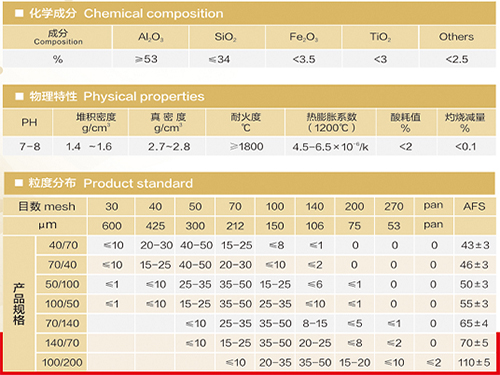The Manufacturing Process of Resin Coated Sand
Resin coated sand has become an essential material in various industries, particularly in metal casting. Its superior properties, such as exceptional durability, thermal stability, and excellent surface finish, make it a preferred choice for many applications. This article explores the intricacies of the resin coated sand manufacturing process, highlighting the key steps involved in creating this versatile material.
1. Raw Material Selection
The journey of resin coated sand begins with the selection of high-quality sand. Generally, silica sand is used due to its desirable physical and chemical properties. The sand should be free from impurities that might affect the final product's performance. Once the suitable sand is selected, it undergoes a thorough cleaning process, removing any dust, clay, or other contaminants. This step is crucial as it ensures that the resin will bond well with the sand, leading to optimal performance.
2. Drying the Sand
After cleaning, the sand must be dried to eliminate any moisture. Moisture can negatively impact the resin's ability to adhere to the sand particles. The drying process usually involves heating the sand to high temperatures in a rotary dryer or a fluidized bed dryer. This not only reduces the moisture content but also helps in achieving the desired grain size, which can further enhance the final product's performance.
While the sand is drying, the resin preparation takes place. The resin used in this process is typically a phenolic resin, known for its strong binding properties and heat resistance. The resin needs to be formulated with the right additives to optimize its performance and ensure that it cures properly during the casting process. The formulation often includes hardeners and other chemical agents that enhance the resin's properties, such as improved thermal stability and resistance to chemical corrosion.
4. Mixing Sand and Resin
Once both the sand and resin are prepared, the mixing process begins. The dried sand is transferred to a mixer where it is blended with the resin and any additives introduced during the resin preparation phase. The mixing process must be controlled carefully to ensure an even coating of resin on the sand grains. This step is critical as uneven distribution can lead to weak spots in the finished product, affecting its overall quality and performance.
resin coated sand manufacturing process

5. Curing Process
After mixing, the resin-coated sand is subjected to a curing process. This phase involves heating the mixture to facilitate the polymerization of the resin, which effectively binds the sand particles together. The curing temperature and time must be adjusted based on the specific resin formulation used. Proper curing is vital for developing the necessary strength and stability in the resin-coated sand, ensuring it withstands the rigors of the metal casting process.
6. Cooling and Screening
Once the curing is complete, the resin coated sand must be cooled down before further processing. This cooling allows the sand particles to stabilize, which is crucial for handling and storage. After cooling, the sand is screened to separate it into different grain sizes. This step ensures that only the desired grain size is produced, as different applications may require different types of resin coated sand.
7. Quality Control
Quality control is an integral part of the manufacturing process. Samples of the resin-coated sand are taken and subjected to a series of tests to verify properties such as hardness, tensile strength, and thermal stability. Any deviation from the specified standards can lead to reprocessing or adjustments in the formulation to meet quality requirements.
8. Packaging and Distribution
The final step in the manufacturing process is packaging. The resin-coated sand is packaged in bags or bulk containers, labeled appropriately for easy identification and information for end-users. Proper packaging ensures that the sand retains its quality during storage and transportation, ready to meet the diverse needs of various industries.
Conclusion
The resin coated sand manufacturing process is a sophisticated operation involving several key steps, from raw material selection to final quality control. Each stage is crucial in ensuring that the final product meets stringent quality standards and performs reliably in various applications. As industries continue to evolve, the demand for high-quality resin coated sand will likely increase, driving innovation and advancements in its manufacturing techniques.
Post time:Նյմ . 04, 2024 15:28
Next:sand casting sand types
